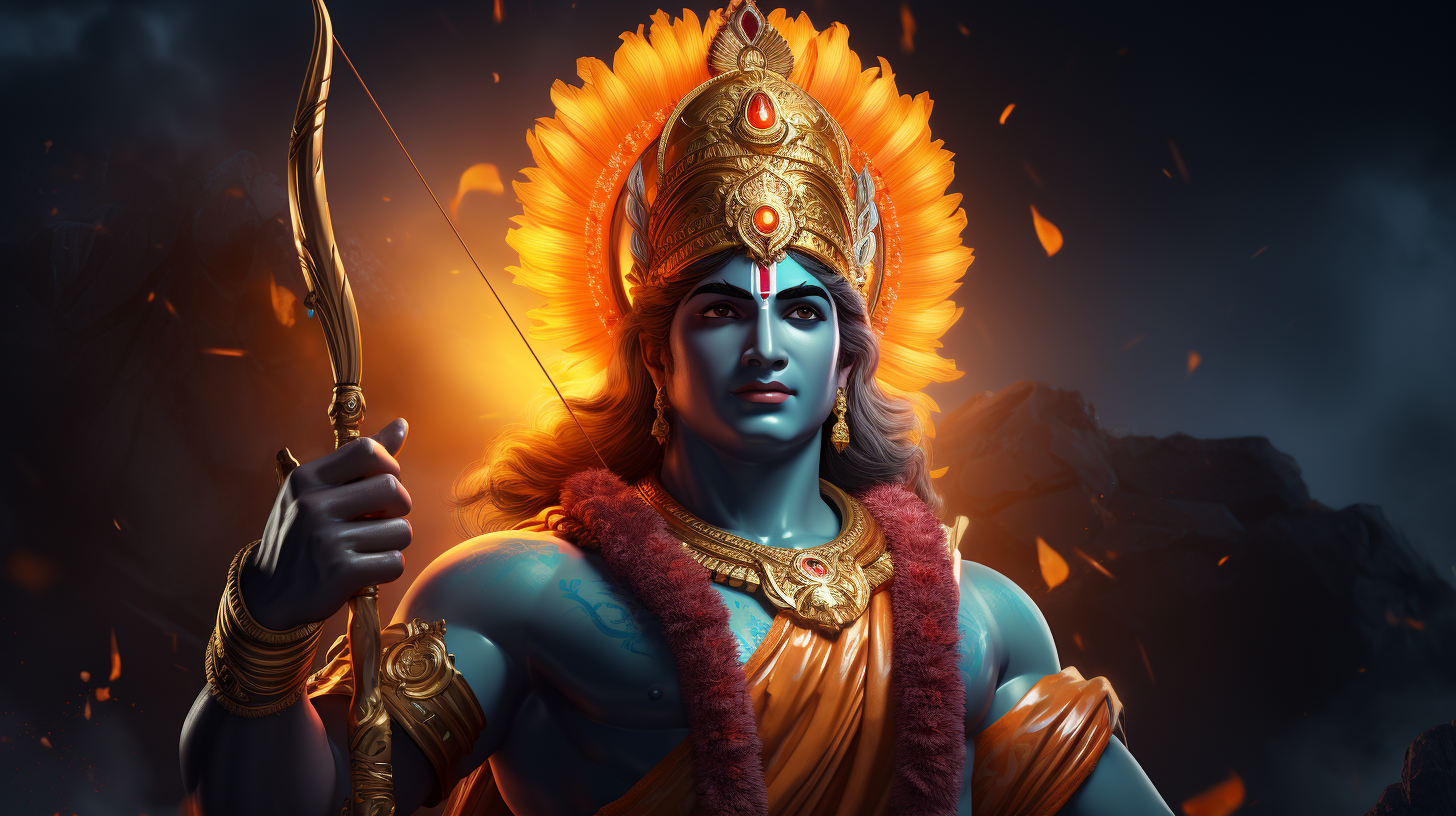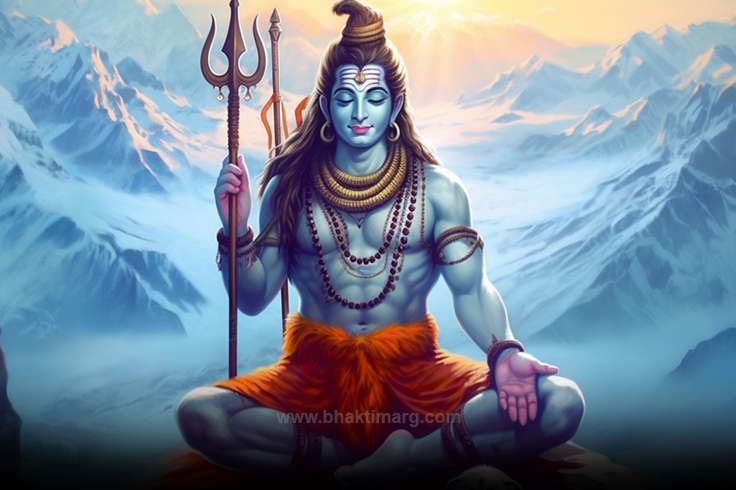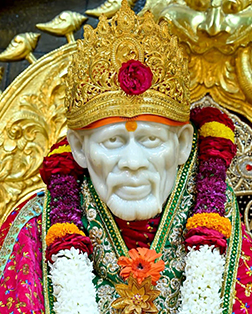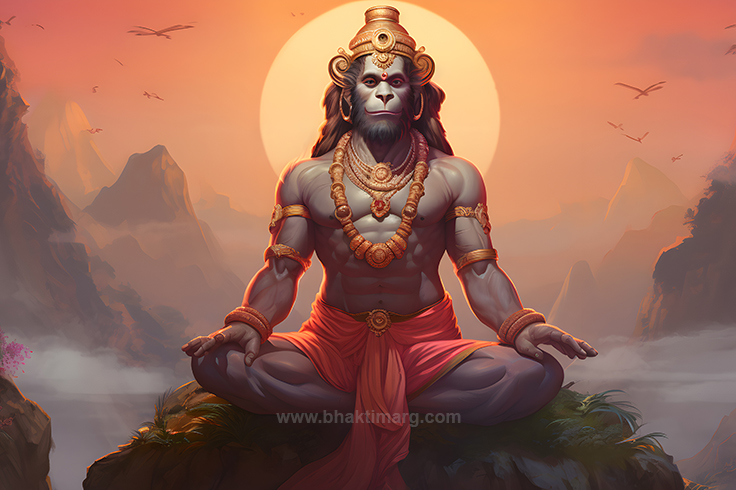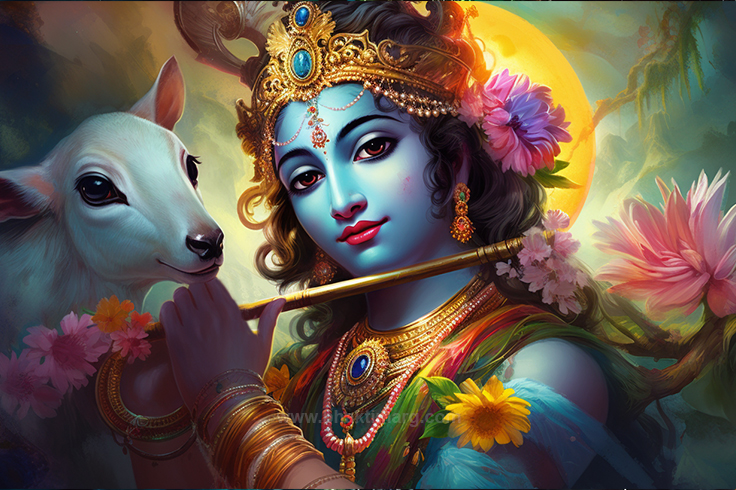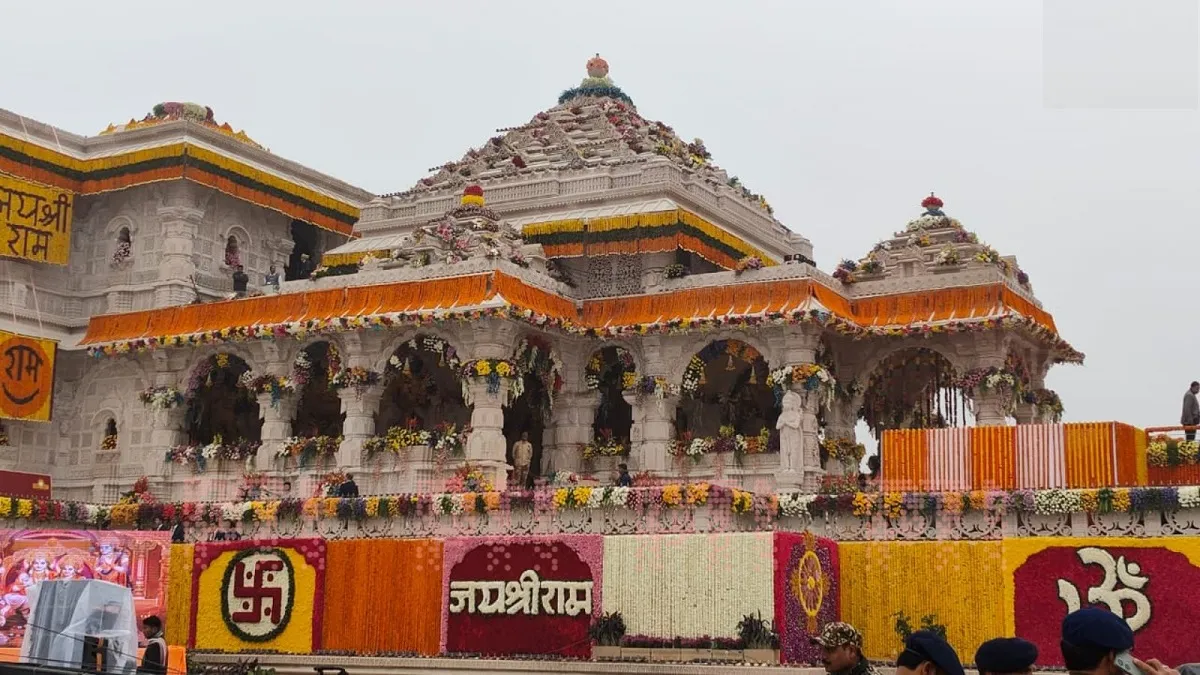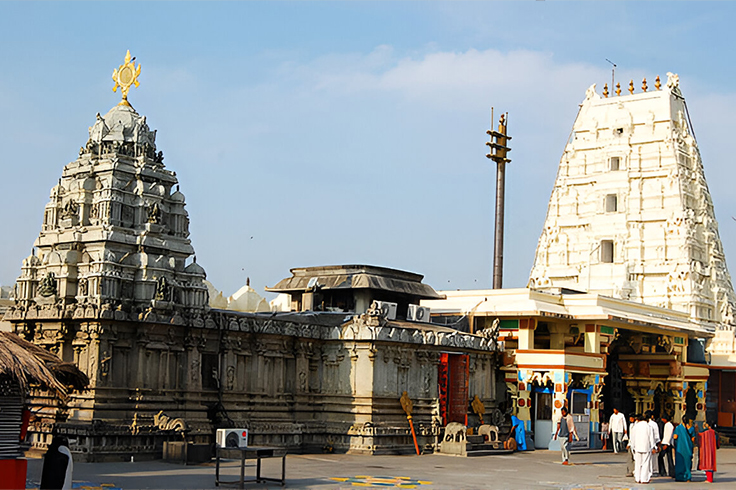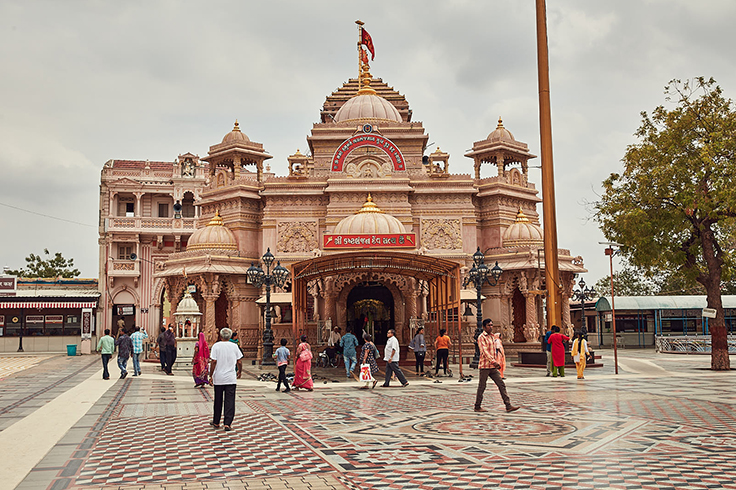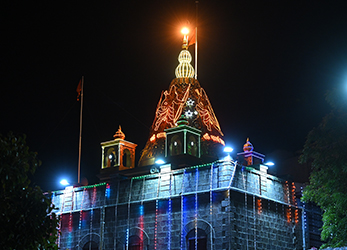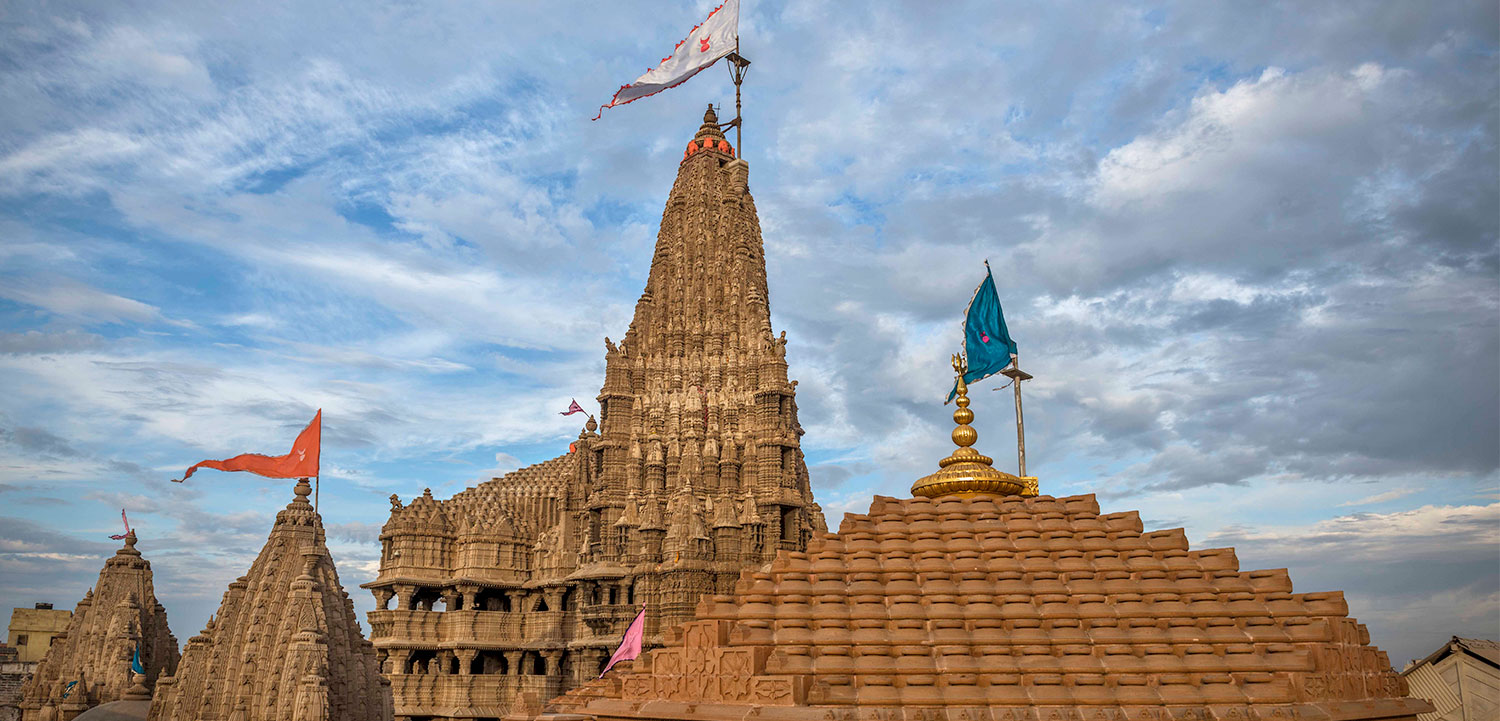
How to Celebrate Dussehra at Home? Traditions and Rituals
Every festival and celebration in Hinduism has a deep meaning and significance, highlighting life values and teaching lessons. The same can be said for the Dussehra Festival, also known as Vijayadashami. It is one of the most significant festivals in Hinduism, symbolizing the victory of good over evil. Devotees celebrate Dussehra with great enthusiasm across India and other parts of the world, marking the conclusion of the nine-day Navratri celebrations.
The scale of celebration for the festival may differ but the essence remains the same, rooted in the rich tradition having deep spiritual significance. In this blog let’s explore the Dussehra Festival Story, different ways to celebrate Dussehra at home, and some large-scale rituals followed in various Hindu belief
What is the Dussehra Festival Story?
Dussehra is deeply intertwined with major epics in Hindu mythology and some instances in Hindu scriptures that portray its meaning and significance are as follows,
- According to the Ramayana, devotees celebrate Dussehra marking the day when Lord Shri Ram, the seventh incarnation of Lord Vishnu, defeated the demon king Ravana of Lanka. He had kidnapped Sita, Lord Rama’s wife, leading to a long and intense battle. With the help of his brother Lakshmana, the Vanara King Sugriva, and Hanuman, Lord Rama fought valiantly and ultimately killed Ravana, this act of righteousness Rama defeating Ravana symbolizes the victory of good over evil, truth over falsehood, and justice over tyranny. Hence it is celebrated with great enthusiasm in many states of India large statues of Ravana are built and burnt symbolizing the killing of Ravana in turn killing the evil
- In another account, Dussehra Festival Story is associated with the Pandavas from the Mahabharata. After 12 years of exile, the Pandavas hid their weapons in a tree and disguised themselves during their final year of exile. On Vijayadashami, they retrieved their weapons and revealed their identity, marking the day as a triumph of righteousness and courage over tyranny and injustice. Hence on this day, Ayudh Puja that is praising weapons or instruments of success is carried symbolizing one must respect their object that becomes an instrument in attaining success and winning in life
- And the most revered Dussehra Festival Story is of Goddess Durga winning over the demon buffalo Mahishasura. The legend mentions that Mahisasur was a demon who was blessed that no god, human, or demon could kill him, so when he wreaked havoc in three worlds with his power all the gods went to divine feminine Goddess Parvati and asked her help. Then with a combined power she took the form of Durga and fought Mahishasura in a fierce battle that continued for nine days and was concluded on Vijayadashami leading to Mahisasura’s death and tri of good over evil. Hence there is a 9-day Navratri celebration praising the 9 forms of goddesses many establish the form of the goddess in the idol. On the final day to celebrate Dussehra in many regions the people do Mahayagya for victory. In some regions believing that the goddess is trapped by evil animal sacrifice is performed so the goddess can be freed so she can kill the evil
These stories underline the central theme of Dussehra, the victory of dharma (righteousness) over adharma (evil).
How to Celebrate Dussehra at Home?
While in local communities grand processions of goddess idols are established, and effigies of Ravana are burned in public places as a common way to celebrate Dussehra, one can also observe this auspicious day with simple yet meaningful rituals at home, here are some traditions and rituals to follow so one can celebrate Dussehra at home with a devotion
1. Setting up an Altar for Dussehra at Home:

One can set up a sacred space at home to worship the deities associated with Dussehra. For that one can create a dedicated corner in the living room or a puja room for the altar. Place idols or pictures of Lord Rama, Goddess Durga, Lakshmana, Sita, and Hanuman on the altar, and adorn the altar with fresh flowers, incense sticks, diyas (lamps), and fruits. A beautifully decorated altar sets the tone for the prayers and rituals ahead with marigold flowers, symbolizing purity and devotion traditionally used during Dussehra, as they
2. Fasting and Feasting:

Dussehra is a time for both fasting and feasting, many people observe fasts during the day to purify the body and mind, followed by a grand feast in the evening. The meals often include grand festive dishes named Panch Pakwan which include 5 different types of vegetables, and some traditional dishes of the region along with puris, kheer, and halwa. Fasting is seen as a way to strengthen willpower, while the feast for Dussehra celebration at home represents joy and togetherness after the spiritual journey
3. Perform the Dussehra Puja:

Conducting a Puja for Dussehra at home is the most important ritual it involves offering prayers and performing aarti to the deities; lighting camphor and incense adds to the spiritual atmosphere. One can recite Ramayana verses or chant mantras dedicated to Lord Shri Ram and Goddess Durga. Once the puja is done, distribute the prasadam to your family and neighbors to spread the blessings and celebrate Dussehra
4. Worship of Shami Tree (Aparajita Puja):

The Shami tree holds a special place in Dussehra celebrations, particularly in regions like Maharashtra and Karnataka. This Dussehra Festival story goes that during their exile, the Pandavas hid their weapons in a Shami tree, and on Dussehra, they reclaimed them. Performing this Dussehra ritual at home, with a Shami leaf or even a small plant is seen as a way to invite success, good fortune, and victory. Along with the puja reciting prayers and offering flowers to the tree, asking for protection and strength in overcoming challenges
5. Ayudha Puja:

This Dussehra ritual at home is quite famous in the northern and western parts of India. Following the story of Pandavas reclaiming their weapons and winning against injustice, this practice is followed as a part of the Dussehra celebration at home. To attain success and gain prosperity in their field instruments aiding their profession are praised and offered honor, for instance, books, knives, gold, computers or laptops, pens, cars, and machines of different types used by professionals in their respective fields
6. Exchange of Apta Leaves (Sonayache Paan/Gold Leaves):

In some regions, the leaves of the Apta tree are exchanged as a symbolic gesture of goodwill, they are considered equivalent to gold and represent prosperity and blessings. During the Dussehra Celebration at home, people can exchange these leaves with their family members and neighbors, wishing them good fortune, health, and happiness
7. Akhanda Deep Puja:

Among the various Dussehra rituals at home the Akhanda Deep Puja is a sacred ritual in which an oil lamp (deep) is kept lit continuously for the entire nine days of Navaratri. It is the unbroken flame that symbolizes the eternal light of knowledge, devotion, and divine blessings. This diya can be placed before an idol or picture of Goddess Durga, offering flowers, incense, and prayers each day. The Akhanda Deep signifies unwavering faith and is believed to ward off negativity, bringing prosperity, peace, and spiritual enlightenment
8. Reading the Ramayana:

A timeless tradition for the Dussehra celebration at home is reading or listening to stories from the Ramayana. This sacred text recounts Lord Shri Ram’s journey and offers moral lessons on living a righteous life. This practice nurtures family relations and initiates discussion of the values of dharma (righteousness), courage, and devotion
9. Navratri’s Conclusion and Durga Visarjan:

Dussehra marks the end of Navratri, the nine-day festival celebrating Goddess Durga’s triumph over the buffalo demon Mahishasura. So it is a common Dussehra ritual at home to establish an idol, image, or representation of the divine feminine at home. People celebrate Dussehra by performing Durga Visarjan, where they immerse an idol or image of Goddess Durga in water, symbolizing her immersing in water and calming down after the fierce battle or her return to her divine abode
10. Gifting and Reflecting on Personal Truimps:

It’s a common practice to exchange gifts to celebrate Dussehra, it is a way of expressing love and appreciation. The Dussehra celebration at home includes exchanging gifts having a feast enjoying the bond of family and dear ones. Together people recount the Dussehra Festival story of how Lord Shri Ram triumphed over Ravana, or how the goddess Durga won over Mahishasura and how overcoming their challenges the Pandavas fought against the unjust they faced. This is an opportunity to reflect on the battles one faced and overcome in your own life. It’s a powerful way to connect the festival’s deeper meaning with your personal experiences
To conclude Dussehra at home can also be celebrated with great pride and immersing in rituals that enhance one’s mind body and soul. It symbolizes the victory of good over evil; a day filled with rituals and traditions that remind us of the values of courage, righteousness, and devotion. Whether it’s about hosting a large family gathering or celebrating quietly at home, the essence of Dussehra remains in following these customs with sincerity.
Read more blogs:




